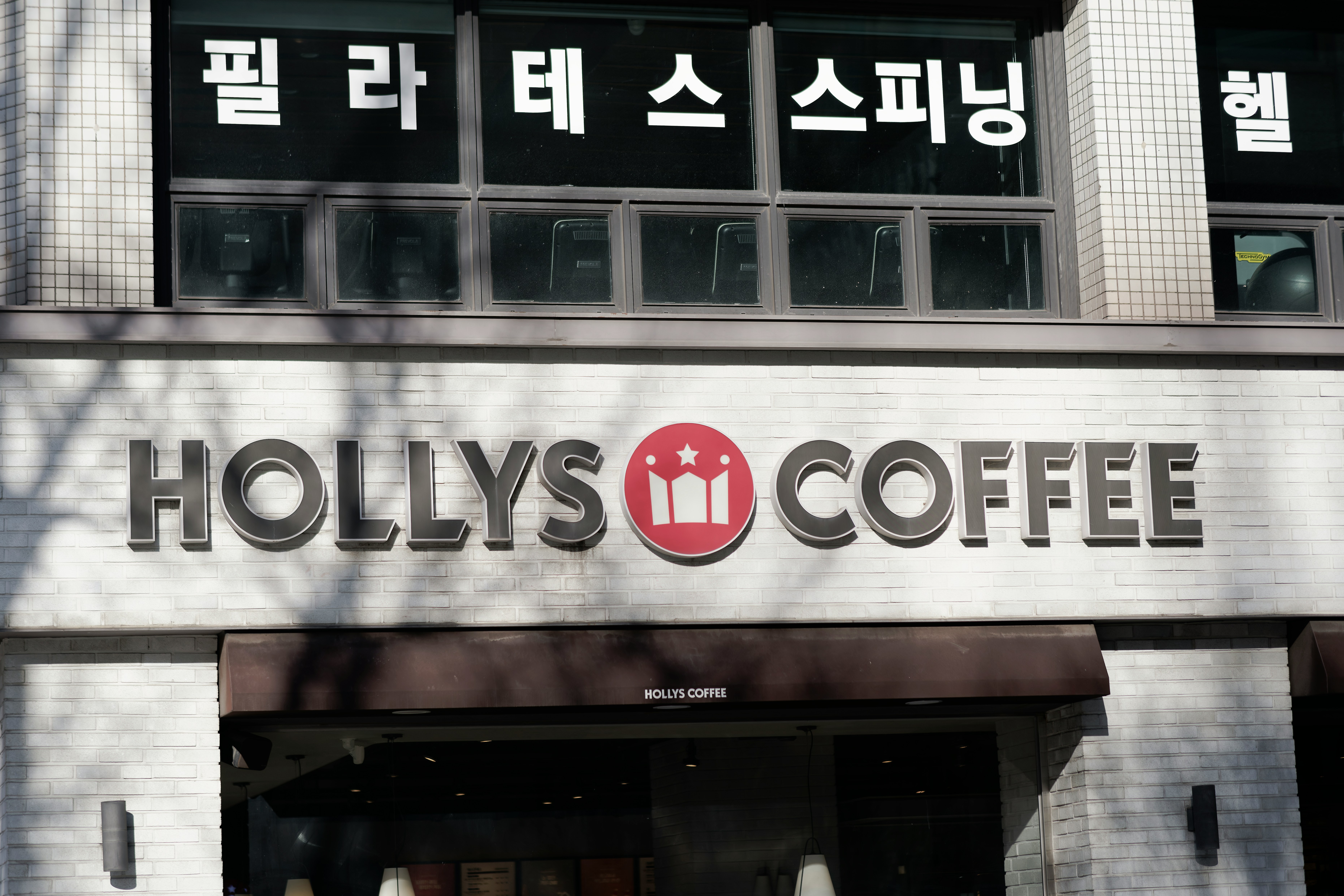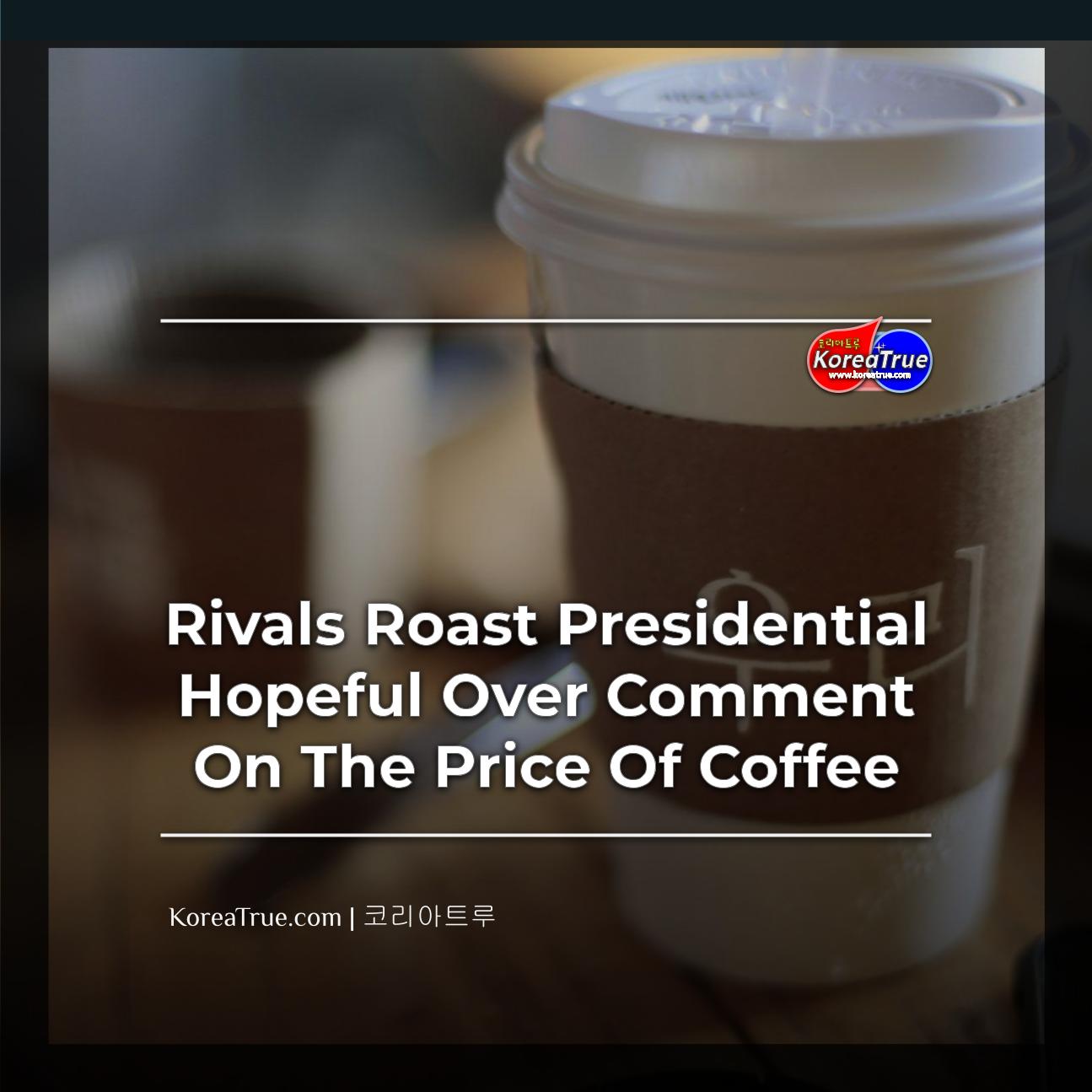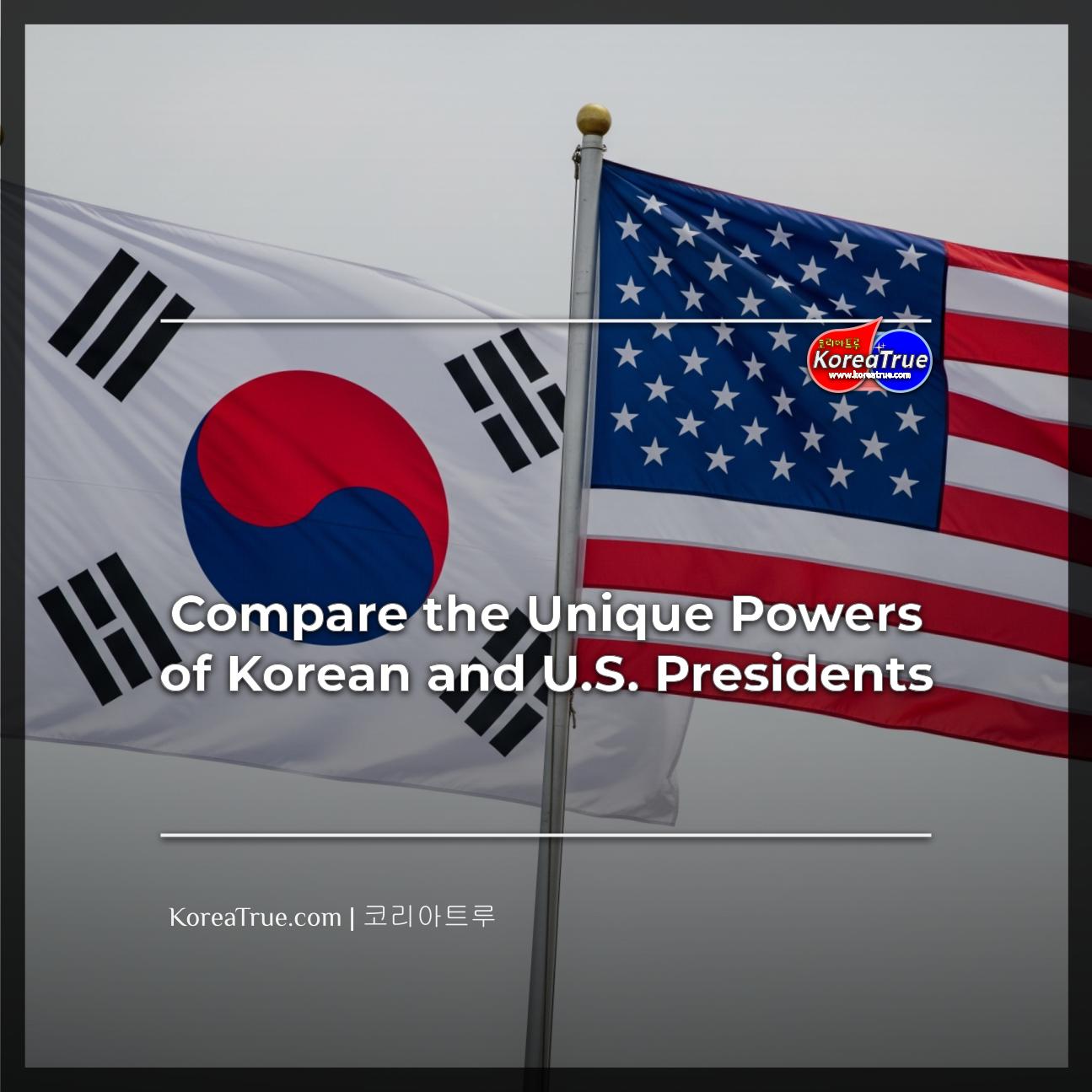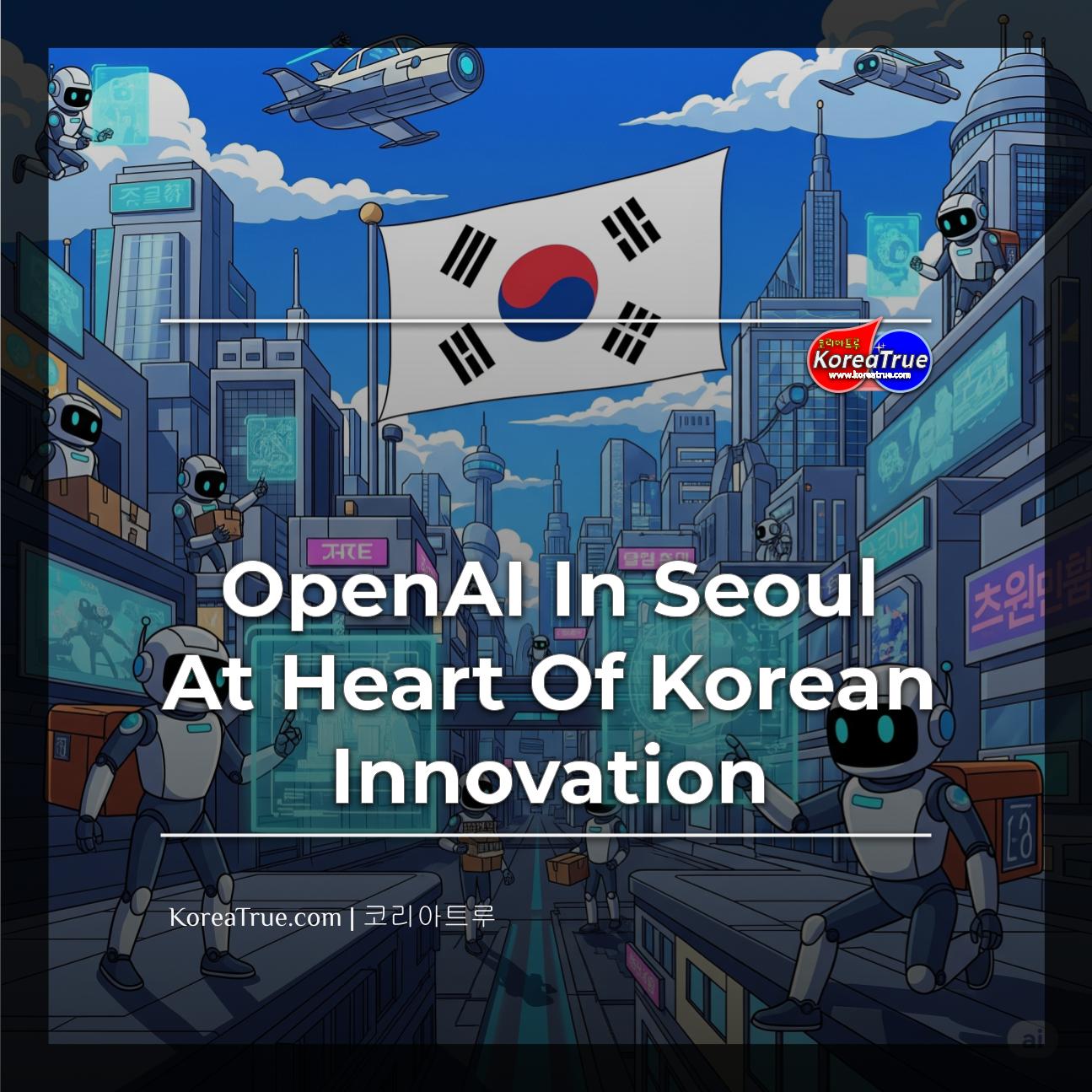NATIONWIDE – A recent remark by presidential candidate Lee Jae-myung (이재명) concerning the cost of coffee beans, stating the raw material cost was a mere ₩120 (South Korean Won), or roughly $0.09 USD, inadvertently ignited a broader national conversation about rising prices in South Korea, a nation increasingly grappling with the pressures of global inflation. This comment drew swift criticism for seemingly understating the complexities of retail pricing and the true operational costs faced by small businesses.
Key Insights:
- Controversial Coffee Remark: Lee Jae-myung’s assertion that coffee beans cost only ₩120 was intended to illustrate potential profit margins for small vendors, but it backfired by appearing to dismiss the myriad of other expenses (rent, labor, utilities) that contribute to the retail price of a cup of coffee.
- Shifting Price Realities: The public’s reaction to the comment underscored how significantly daily expenses have risen in Korea, with even basic goods now reflecting a much higher market price than the raw material cost, highlighting a disconnect between public perception and economic realities.
- Cost of Living in Urban Centers: Areas like Seoul’s (서울) affluent Gangnam (강남) district exemplify the dramatic increase in the cost of living, with prices for everything from dining out to housing far exceeding historical norms.
For many, the idea of a ₩120 cup of coffee feels like a distant memory, especially in vibrant urban centers like Gangnam, where the cost of living has steadily climbed. This anecdotal observation, while sparked by a specific political comment, points to a larger economic reality.
The Rising Tide of Korean Prices

South Korea, once known for its relatively affordable cost of living compared to some Western nations, has seen a substantial increase in prices across the board over the past decade. This rise is palpable in everyday transactions, from the price of a gimbap (김밥) roll to utility bills. The sentiment among many South Koreans is that their purchasing power has eroded, and the days of exceptionally cheap goods are long gone. This is particularly evident in high-demand areas. How does this compare to global trends?
Gangnam’s Price Tag: A Microcosm of Macro Trends
Gangnam, synonymous with luxury and modernity, serves as a prime example of this inflationary trend. Housing prices have skyrocketed, and even a simple meal in a Gangnam restaurant can easily cost upwards of ₩15,000 to ₩20,000, a significant jump from years past. This surge in prices in prime locations reflects not only local demand but also the trickle-down effect of global economic shifts, including supply chain disruptions and increased energy costs. What does this mean for the average South Korean trying to make ends meet?
The Weaker Won: A Silver Lining for Tourists?

Amidst these domestic price hikes, the Korean Won has experienced periods of significant weakening against currencies like the U.S. dollar and the Japanese Yen. For South Koreans, this means imported goods become more expensive, further fueling inflation. However, for foreign tourists planning a visit to Korea, a weaker won can translate into greater purchasing power. A vacation budget that might have stretched less far a few years ago could now allow for more experiences, shopping, or extended stays, making Korea an increasingly attractive destination for international travelers. How might this impact the tourism sector in the coming years?
The Global Inflationary Challenge Ahead
The challenges of inflation are not unique to South Korea; they are a pervasive global phenomenon. Supply chain issues, geopolitical tensions, and shifts in consumer demand have all contributed to rising prices worldwide. For South Korea’s next president, regardless of who takes office, tackling inflation will be a paramount concern. The incoming administration will face the delicate balancing act of implementing policies that support economic growth and stabilize prices, all while navigating an unpredictable international economic landscape. What strategies might prove most effective in this complex environment?







